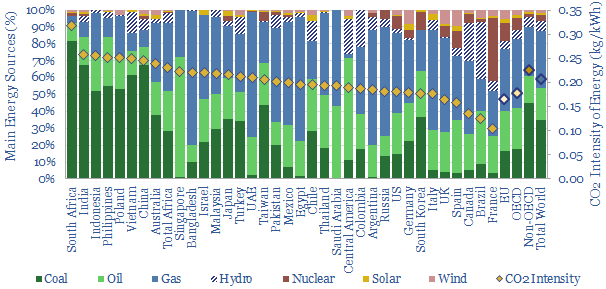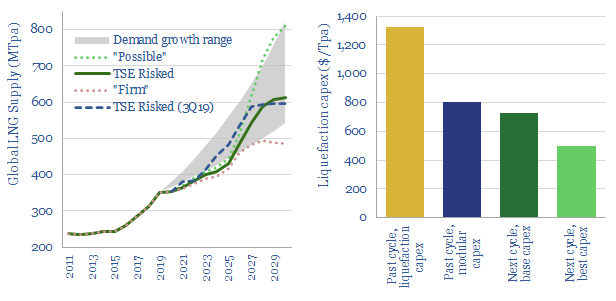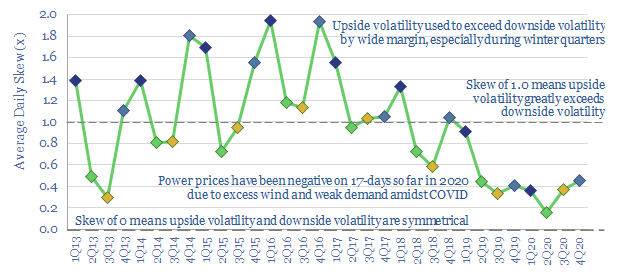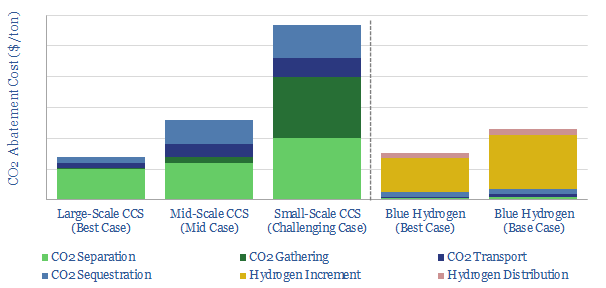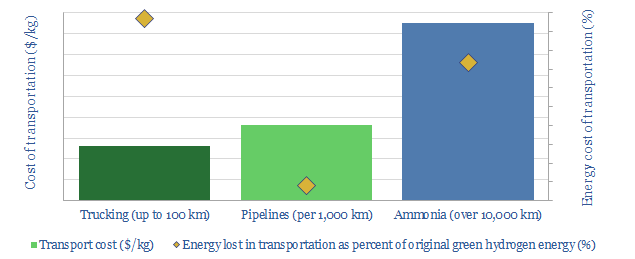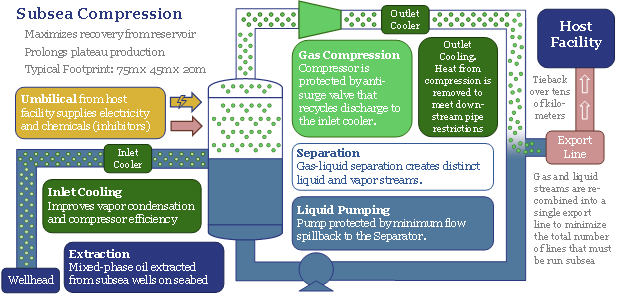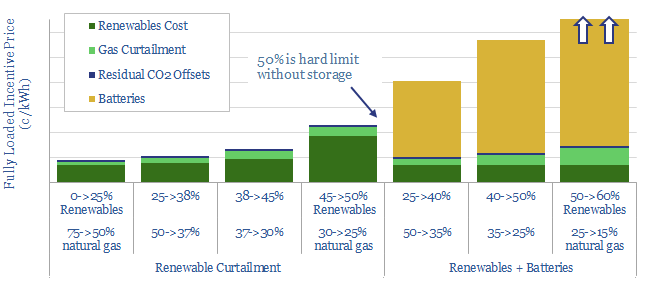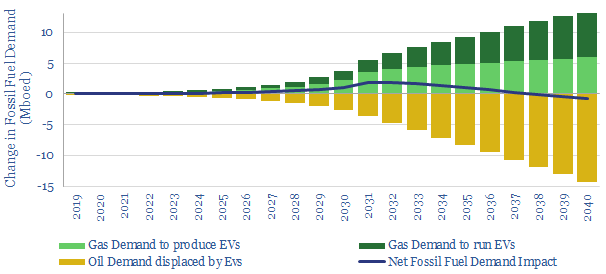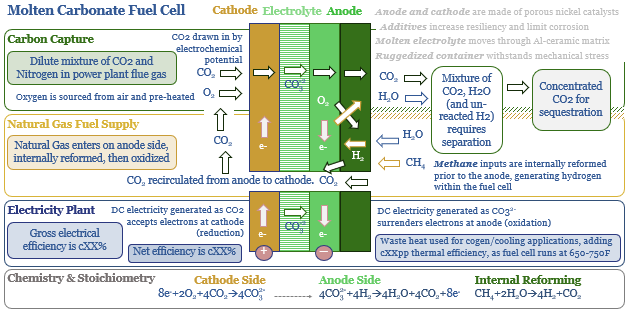As Europe advances its decarbonization agenda, a ‘border adjustment mechanism’ has now been proposed to mitigate carbon leakage. Its initial formulation is modest. But it will snowball. And ultimately divide the global economy in two. Hence this 15-page report lays out our top five predictions for CO2 border taxes to reshape energy markets and the world.
In 1946, Winston Churchill made his famous ‘Iron Curtain’ speech, prophesizing decades of tensions between different economic systems in the West and elsewhere. The concept of a carbon curtain is similar, and is laid out on pages 2-4 of our report.
These wheels are now firmly in motion, as Europe has proposed a carbon border adjustment mechanism, in order to stem carbon leakage, as it tightens its environmental policies. For those who prefer not to read the Commission’s entire 291-page leviathan, we have summarized the key features on pages 5-6.
Expansion is inevitable. Page 7 argues for domino effects, where CBAM will be emulated by other Western economies; and then broadened, first into the manufacturing sector, then universally.
There will be five investable consequences of these escalating border taxes, which we spell out on pages 8-15. They could be extremely constructive for the gas/LNG industry, pre-existing renewables assets, and some lower carbon economies. But we also see major losers in the coal industry, higher-carbon countries and victims of inflation.

